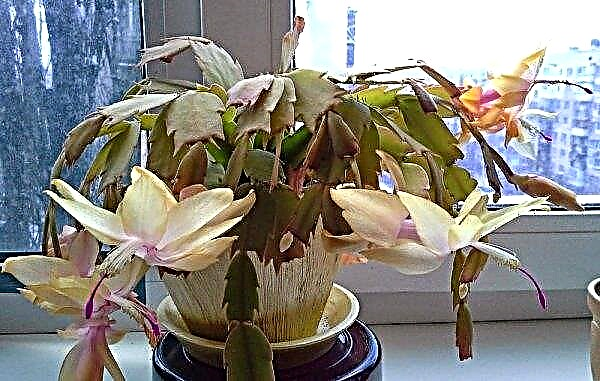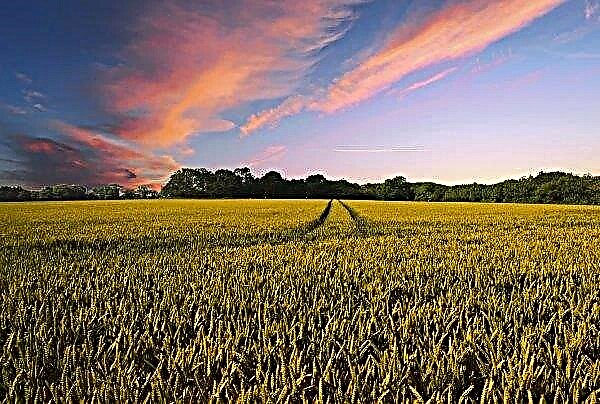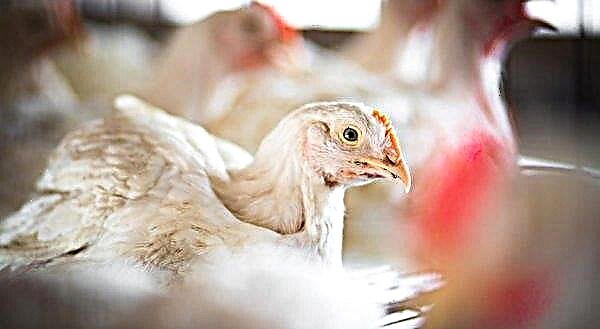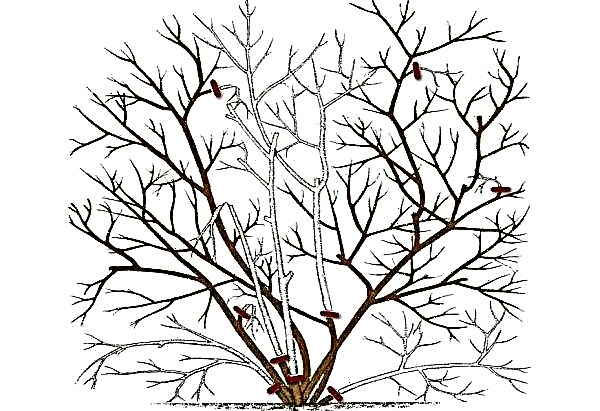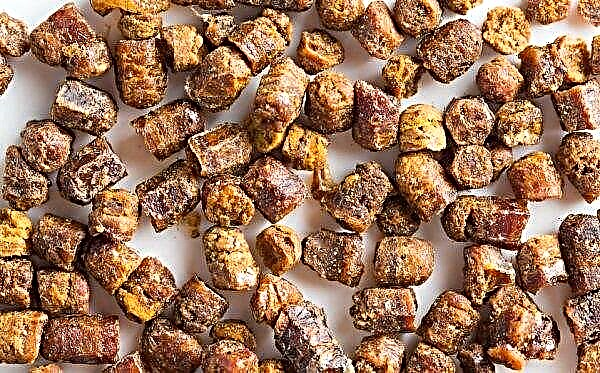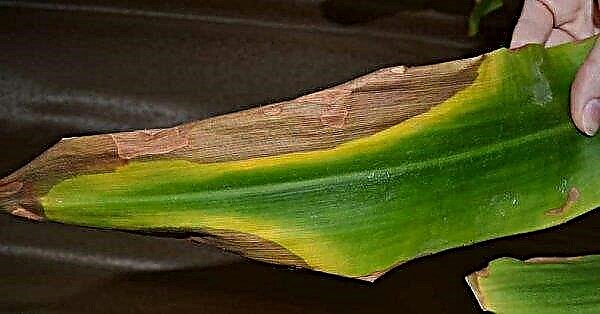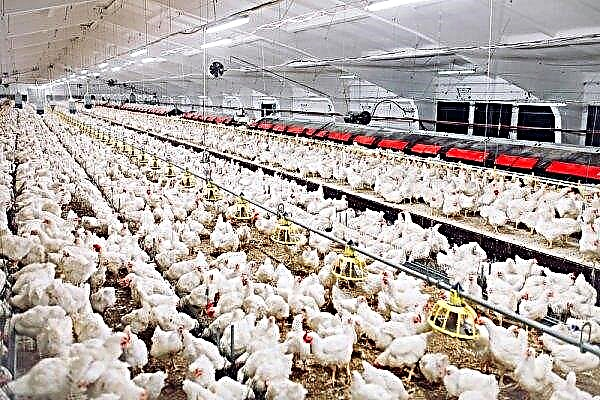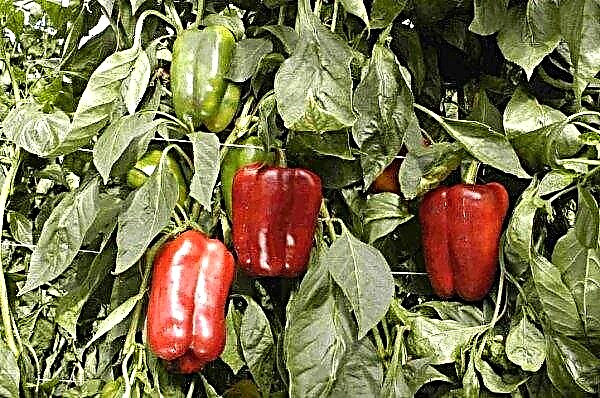Proper planning of beds at the initial stage will help you calculate how many plants you need to purchase, in what order you need to plant them, how much space you need to leave for each crop, and how to organize the care. It is important to follow certain rules, especially if you are new to gardening to avoid mistakes.

Planning
When planning beds on their own plot, many new gardeners make the same mistake: they try to plant and grow too many plants in the first year. Gardeners with experience know that this approach will not give the expected results, since you will soon have to take care of all the crops, water and harvest the weeds. It is more correct in this case to make a list of your favorite vegetables and give preference to those that do not require too much attention and are unpretentious in care. It is recommended to gradually increase the number of new beds every year, expanding gradually along with the acquired experience.
If you decide to create your garden in a new plot, then you have to solve the problem with choosing the style of the garden and planting system. You can give preference to raised beds, traditional beds or plant vegetables in zoned areas.

Did you know? Garlic is the oldest plant to be cultivated. The first dishes with its addition were prepared about 6 thousand years ago, and also began to use it for medicinal purposes as a natural antibiotic.
Right neighborhood
The quantity and quality of the crop, first of all, depends on weather conditions and the absence of pests. However, it is important to take into account the nuances associated with the proximity of different cultures: The proximity of different cultures favorably affects the control of various pests.
A large number of crops from one crop is guaranteed to attract various insects, slugs and caterpillars, while mixed beds will help you avoid damage to crops. However, if the crops in the garden need the same protection, for example, different types of cabbage can be grown together and protected from caterpillars in a tunnel from a mesh or garden rune.

Grow plants that attract insects. You can plant on the site various types of flowers that are able to attract beneficial insects (ladybugs, beetles, etc.). These bugs will naturally help you get rid of pests.
Think of a shadow and support. Too high cultures can create a shadow for other plants, which will harm their development. However, heights can be used to support other vegetables in the garden, for example, sweet corn can support beans.
Of the 300 thousand species of plants that are known in the modern world, only about 90 thousand can be eaten. However, we get 90% of plant foods from just 30 plants.
Step-by-step planning
When forming the future beds, it is important to take into account the peculiarities of the development of each plant. To do this, step by step to plan the landing and properly distribute the crops on the site:
- Finicky plantssuch as tomatoes, peppers, zucchini, basil, etc. are most in need of proper care and choosing the right place. It is important to make sure that these crops are well lit areas in your garden.
- Plants with large leaves. Then you should choose a place for crops that have a large bush shape and need space in the garden. For example, melon, pumpkin, cabbage, etc. Place them on the edge of the garden so that the broad leaves do not block the light of other crops.
- Plants that grow up. First of all, it will be about grapes and cucumbers. These plants need support, which is why they need to be planted in an appropriate place. Also make sure that they do not create an unnecessary shadow for other cultures. The exceptions are regions with hot summers, where some fastidious vegetables need such protection.
- Irrigation. Many crops do not function well in dry conditions. You will need to carefully plan your irrigation system to ensure the constant growth and development of crops in your garden.
- Availability. Think in advance what plants you want to regularly collect and place them at the beginning of the garden.
- Do not overdo it. Almost all inexperienced gardeners make this mistake. It is important to remember that plants will grow and turn from small seedlings into large crops. In addition, for a good harvest, everyone needs to organize the right care.


You can organize a home garden yourself. After all, now you will be able to plan the location of the beds and choose the suitable crops for the neighborhood, plant them and get a good harvest.

